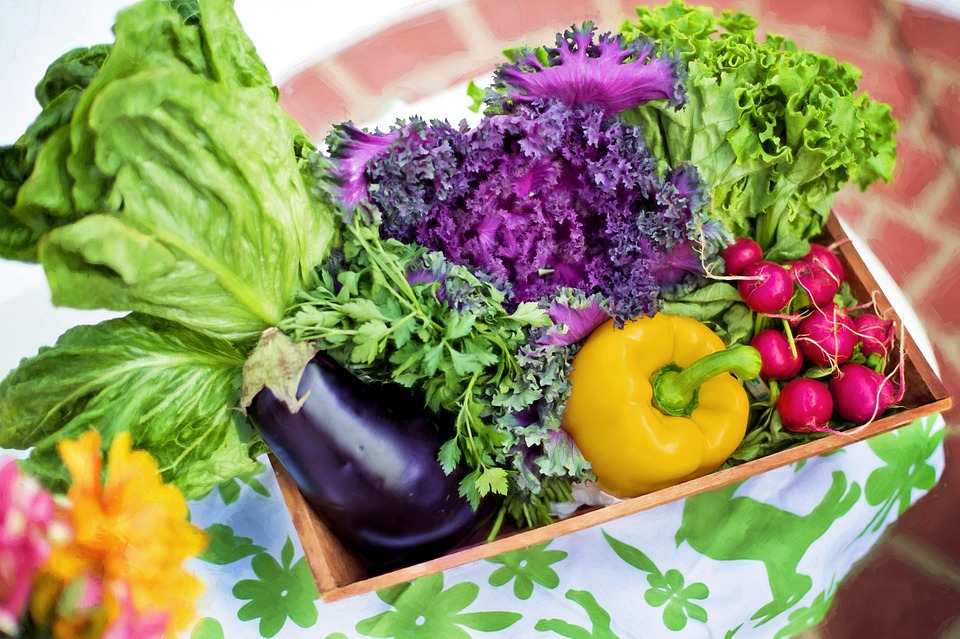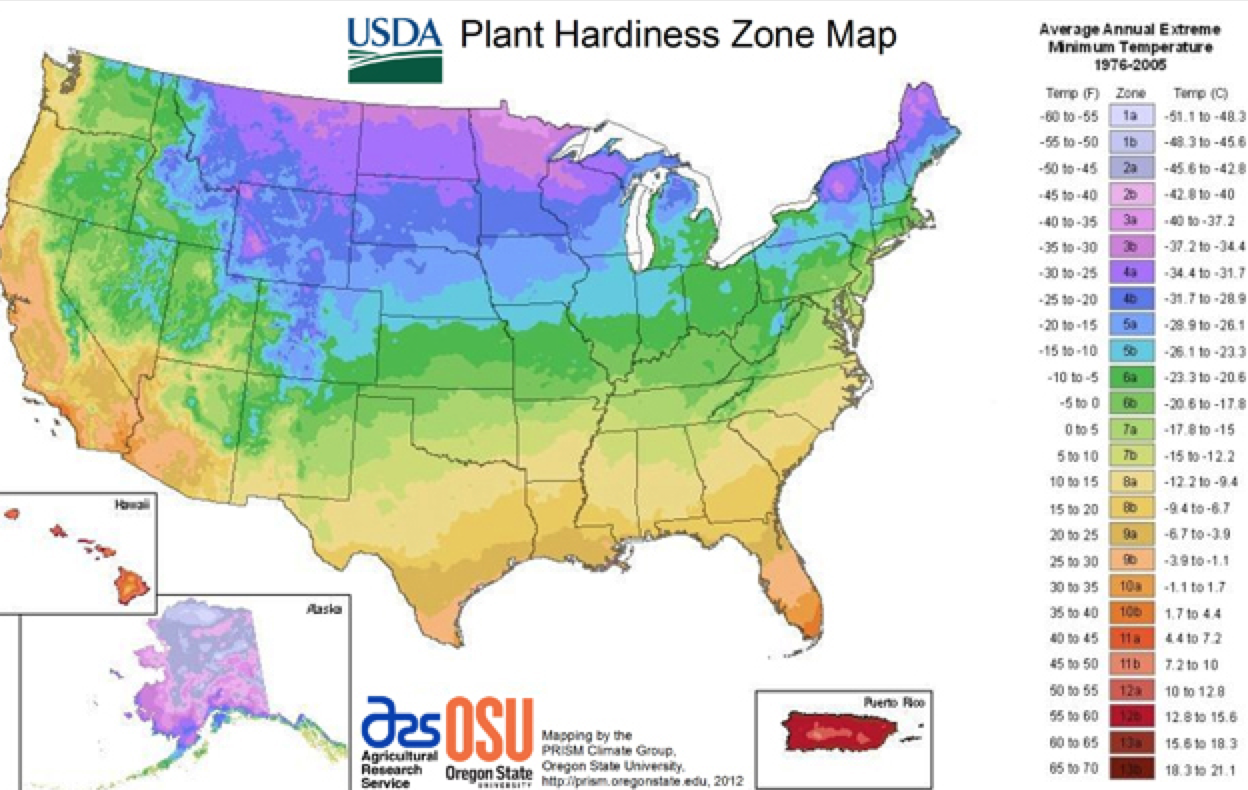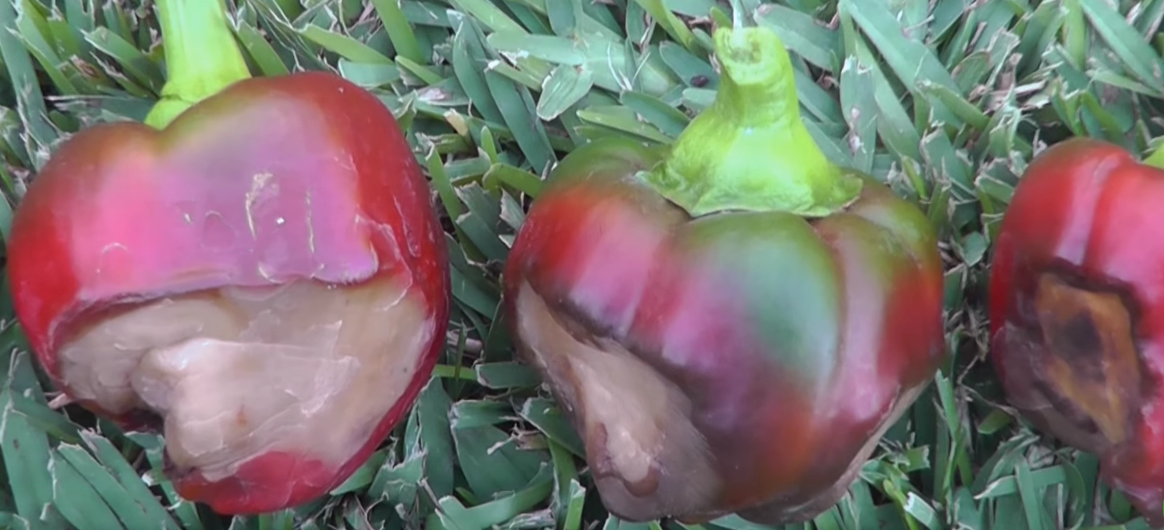Top 3 Reasons You Should Be Growing Your Own Food
Whether or not you’re a homesteader, there’s no arguing that vegetables fresh from the garden just taste better than the ones you buy at the store. Even organic store-bought veggies just don’t have that same delicious taste that you get from vegetables that you grew yourself. If that isn’t enough to convince you to grow … Read more








